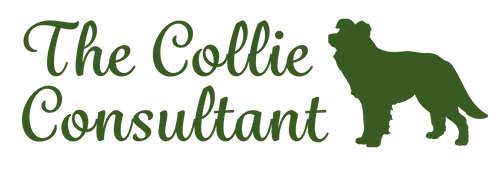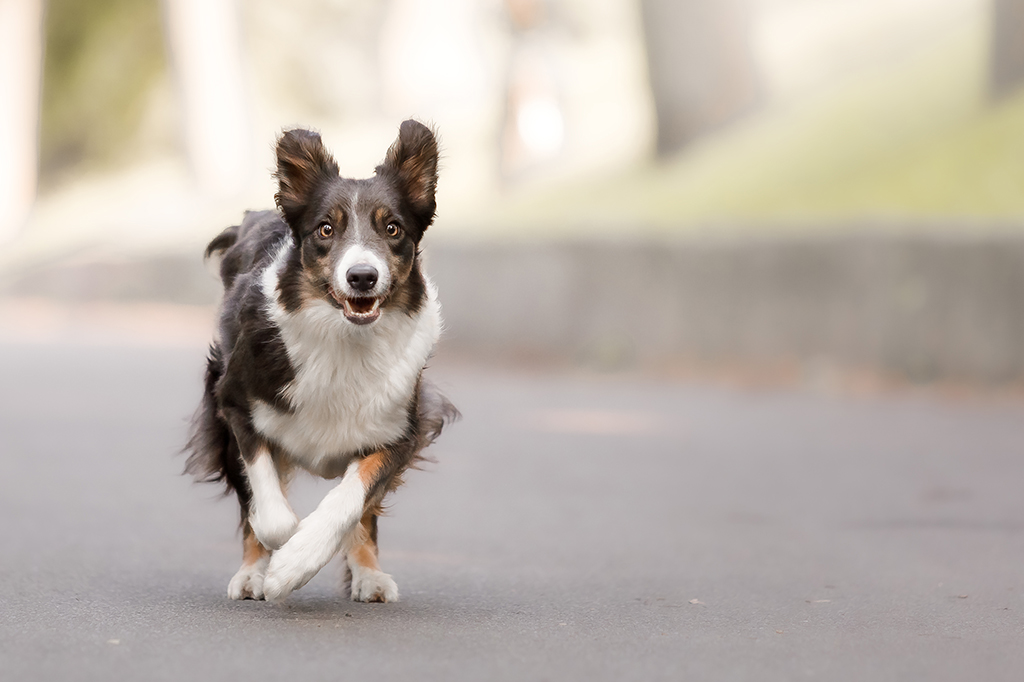
It often amuses me when doing recall training, that dogs won’t come to the recall cue that we think we have trained but will drop everything and come running as soon as we shout magic words such as “sausage”, “chewy” or “doggy swizzle sticks”. We hate shouting these words because it’s embarrassing in front of other people who happen to be about, but it seems to be the only thing that works…
So, let’s just think about this…
Why doesn’t the “proper” recall training cue work?

- There’s something else in the immediate environment that might interest them and make you put them on a lead (they therefore look for the interesting “thing” instead of coming back)
- It’s the end of the walk and they need to be put back on the lead
- It’s time to come in from the garden
It is also often, although not always, because we’re not carrying any sausage, chewies or “doggy swizzle sticks”. And even if we are carrying these, they haven’t been consistently paired with the recall cue that we’re using, and so the dog knows that it’s not guaranteed to get one, even if we continue to shout it.
So why does “sausage” work so well as a recall cue?
It’s all down to the way we use the word:
- Frequency You can guarantee that “sausage” is used less in daily life than the recall cue we think we have trained, usually the dog’s name or “come”. We need to stop and think about how many times in a day we ask our dogs to come over to us, using the cue, and how many times they get rewarded for this. It then becomes obvious that we use it ALL THE TIME and that the dog is actually rewarded, by something it finds rewarding, very few times.
- Why we call It’s also about why we call the dogs. If we always call them in from the garden, or away from the kids’ dinners, or to put them on the lead at the end of walks, then the dogs start to associate the recall cue with the end of something good. That is, the recall cue becomes what’s known in technical training terms, as “poisoned”. A poisoned cue no longer works in the way we want it to and is actually unpleasant for the dog. It’s no wonder that they don’t want to return to us.
- What we do when they get back to us Often people will have been taught at training classes to make the dog sit when he gets back to us. There is nothing more demotivating to a dog to come happily bounding back to us, to be greeted with the command to sit, often uttered in a “you’d better sit or else” type of tone. There’s no reason that a dog needs to sit when they get back to you. Make it fun! As soon as the dog gets back, give him loads of praise, have a game with a toy, and give him a sausage! AND THEN LET HIM GO AGAIN. Don’t only call your dog at the end of a walk. Call it when nothing interesting is happening in the environment and then let him go again.
- The types of rewards. This leads me on to the last point, the type of treats or reinforcement we use on walks. If your dog isn’t coming back to us when we call them, then we are using the wrong type of reinforcement for that dog. All dogs are different, some are food-motivated, others aren’t. Some may prefer a tug on a toy, or to have a ball thrown for them. Collies are drawn to movement, so with my collies, I often call them, then run in one direction, all in a gang, which they love because it becomes a bit like a race of who can get in front. Then I stop and we all run back the other way and repeat a few times. They LOVE this and it’s much more motivating than just giving them a treat.
So what’s the best cue to use?
If your dog is food-motivated and more likely to come to the word “sausage”, “chewies” or “doggy swizzle sticks” than their “proper” recall cue, think about how you use the word “sausage” (etc.). I would place bets that whenever you call your dog in the house, or give them their favourite treat, you say the word “sausage” (or the equivalent). So the word has become reliably paired with the dog’s favourite treat. They know that when they hear that word, a sausage is coming.
Additionally, people don’t use the word “sausage” all the time around the dog, like they do the usual recall cue, they only use it when they have a sausage.
Therefore, we need to develop another cue, to use to recall our dogs, when we need them to come back to us. The dog knows that, in exactly the same way as the word “sausage” works, that the recall cue will ALWAYS be paired with whatever it is that the dog finds reinforcing, whether that is sausage, chicken, a toy, a game, or “doggy swizzle sticks”!
I don’t tell the kids this recall cue, so that they don’t start using it all the time, and I ensure that those people that need to know, also understand when and how to use it.
How do I train the cue?
It’s so easy! We train it in exactly the same as we trained the “sausage” cue. We simply pair the word with the type of reward that the dog loves. Most usually food treats, a toy, or a game. Just do this a couple of times a day, in the house, just as you would with the sausage cue, and you will have your recall cue. The dog will have become conditioned to come back to you when they hear the cue, almost like a reflex. They find it hard to ignore.
However, it’s important to note, that for this recall cue to continue to work, it needs to be continuously paired with the dog’s favourite reward. This means you need to carry treats, toys etc on walks and have them handy to grab when needed in the home. If the dog learns that the cue is no longer reliably paired to the reward, it will stop being effective.
For more information about recall training, visit my border collie recall training page.
If you don’t get this response, then please get in touch on 07931 409307 or on info@collieconsultant.co.uk and I can help!


Great article. And how so very true!
Thank you Jo!